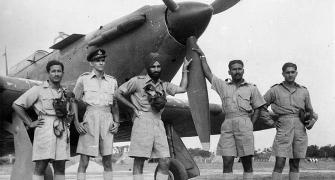The Nazi death camp where more than one million people perished was liberated on January 27, 1945 and the day is commemorated as International Holocaust Remembrance Day worldwide.
KL Auschwitz-Birkenau was a complex of over 40 concentration and extermination camps operated by the Third Reich near Oswiecim in occupied Poland during World War II.
Auschwitz is in fact not one camp, but two: Auschwitz I, built in an abandoned Polish military base, and Auschwitz II, or Birkenau, a much bigger complex that went up later about two miles away to expedite the Nazis' 'Final Solution'.
Prisoners who were not gassed in chambers died of starvation, exhaustion, disease, individual executions, beatings or were killed during medical experiments.

The buildings of former Nazi German Auschwitz concentration camp complex are seen in Oswiecim, Poland. Photograph: Axel Schmidt/Reuters
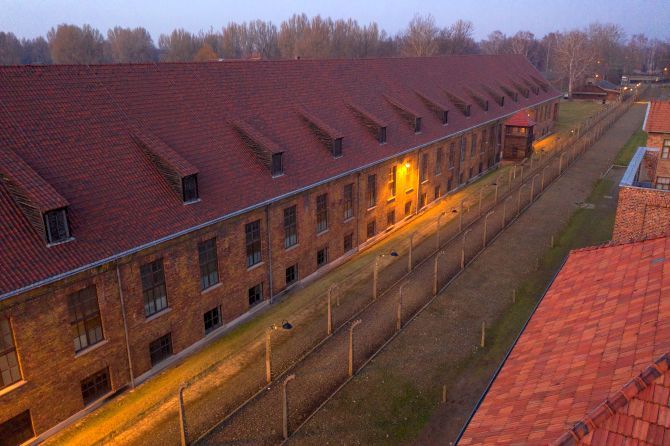
An aerial picture showes barracks and buildings of former Nazi German Auschwitz I concentration camp complex in Oswiecim, Poland. Photograph: Axel Schmidt/Reuters

The watchtowers of former Nazi German Auschwitz-Birkenau concentration camp complex. An estimated 1.3 million people were sent to Auschwitz, and 1.1 million died there including 960,000 Jews. Photograph: Axel Schmidt/Reuters
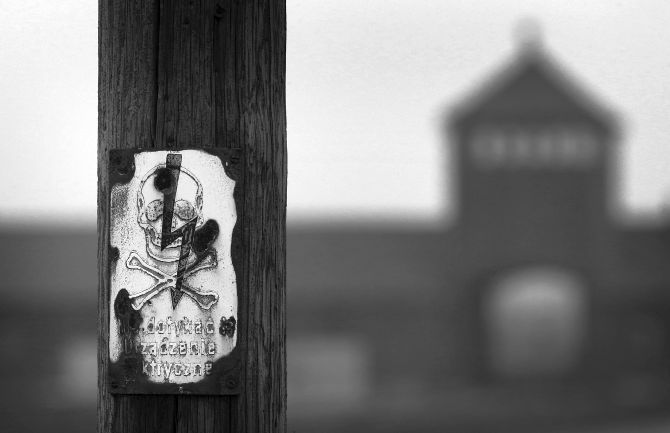
A sign warns of high voltage near the infamous 'Death Gate' at the Auschwitz II Birkenau extermination camp. Auschwitz was a network of concentration camps built and operated in occupied Poland by Nazi Germany during the Second World War. Photograph: Christopher Furlong/Getty Images
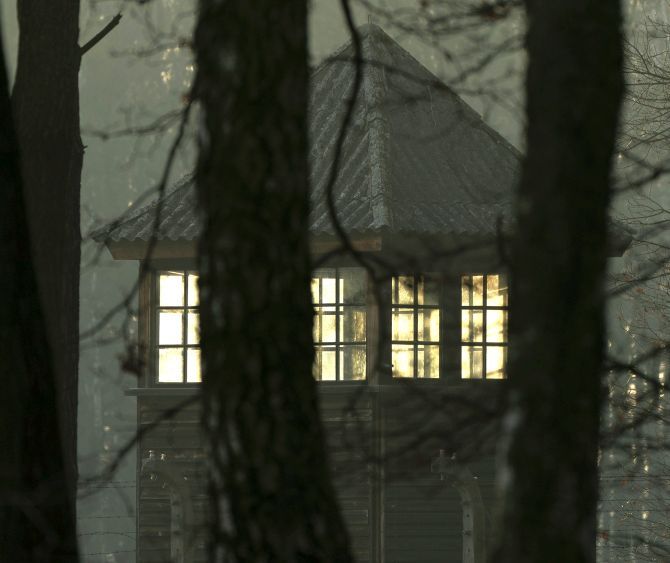
Night falls behind a watch tower at Auschwitz II-Birkenau extermination camp in Oswiecim, Poland. Most people were killed in gas chambers or died from systematic starvation, forced labour, disease and medical experiments. Photograph: Christopher Furlong/Getty Images
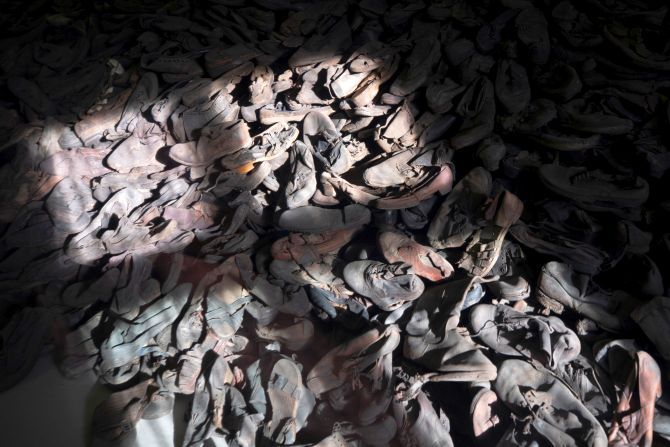
Shoes of prisoners are seen in the former Nazi German Auschwitz concentration camp complex. Photograph: Axel Schmidt/Reuters
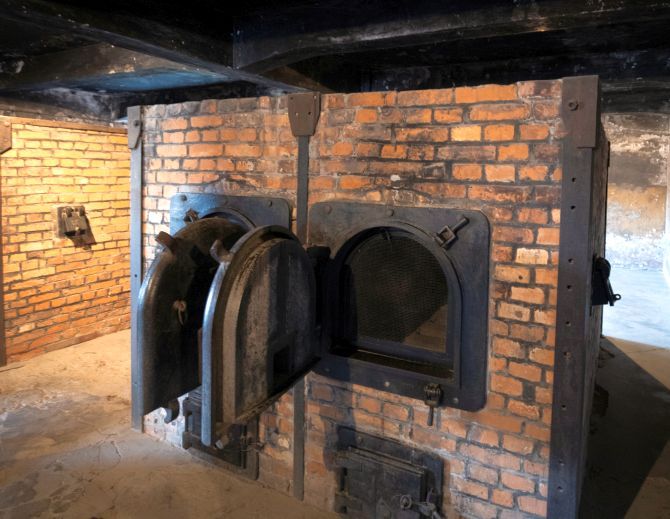
A crematorium furnace is seen at former Nazi German Auschwitz concentration camp complex. Photograph: Axel Schmidt/Reuters
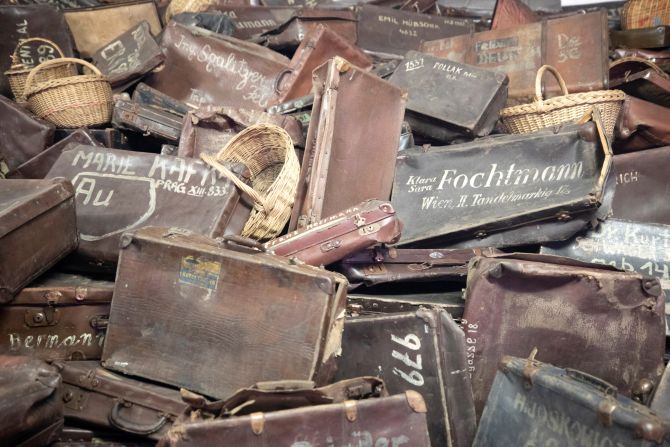
Suitcases of prisoners are seen in the former Nazi German Auschwitz concentration camp. Photograph: Axel Schmidt/Reuters
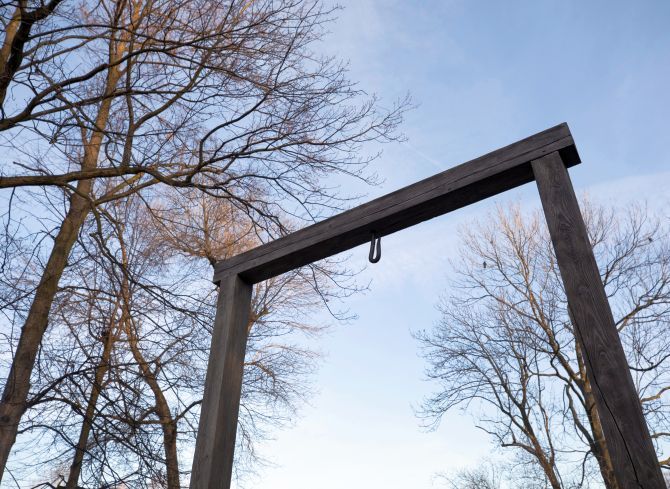
Gallows seen at the Nazi German Auschwitz concentration camp complex in Oswiecim, Poland. Photograph: Axel Schmidt/Reuters
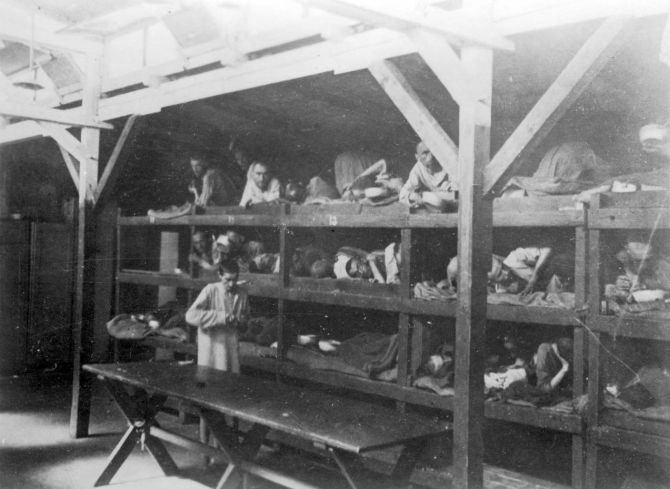
Inmates are seen lying on bunks in a barrack at Nazi German death camp Auschwitz-Birkenau. Photograph: Yad Vashem Archives/Reuters
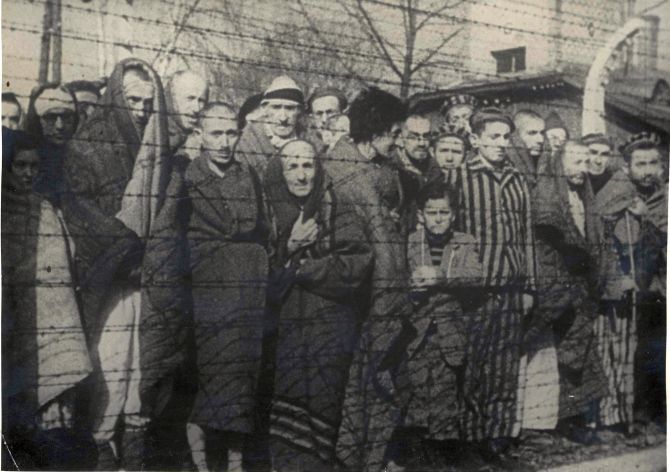
Holocaust survivors stand behind a barbed wire fence after the liberation of Nazi German death camp Auschwitz-Birkenau in 1945 in Nazi-occupied Poland. Photograph: Yad Vashem Archives/Reuters
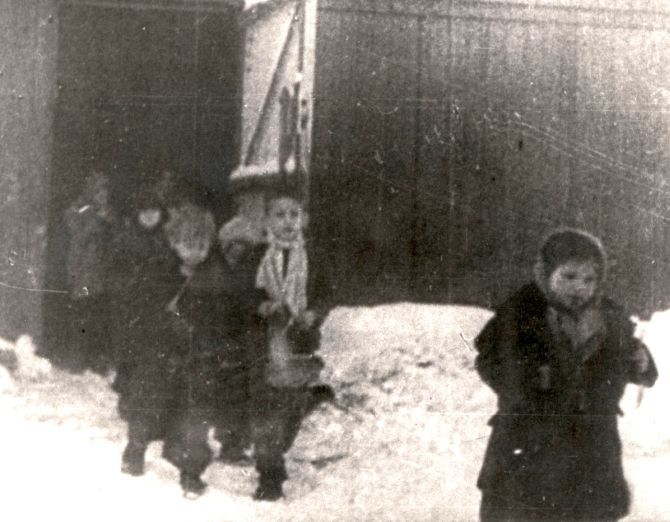
Children are seen leaving a barrack after the liberation of Nazi German death camp Auschwitz-Birkenau in 1945 in Nazi-occupied Poland. Photograph: Yad Vashem Archives/Reuters
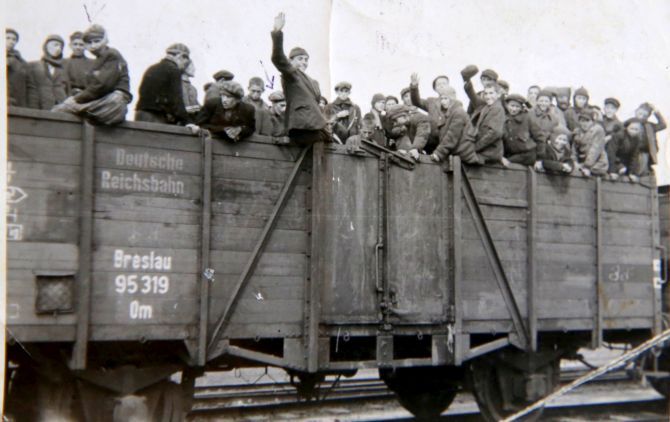
A photograph from the collection of Auschwitz concentration camp survivor Alexander Riseman (3rd-L) taken on a train, two days before the end of WWII. Alexander and his family were sent to Aushwitz from his home in Poland as a child and eventually liberated by the Russian forces. Photograph: Christopher Furlong/Getty Images

















